With advantages in natural landscape, rich historical and cultural traditions, many localities of the province such as Dong Trieu, Uong Bi, Van Don, Binh Lieu, Tien Yen, Mong Cai... are making efforts to develop community tourism (CTT). create unique and new products . Thereby, not only contributing to making Quang Ninh an attractive destination with diverse types of tourism, best meeting the needs of tourists but also promote economic development, create jobs, improve people's lives.
Positive signals
Community-based tourism in Quang Ninh was born later than other types of tourism, but is considered a tourism development model that has contributed a lot to poverty reduction and sustainable development, creating interesting experiences for tourists, on the basis of exploiting the values of landscape, history, and culture in the community. At the same time, it attracts and promotes the role of local people in participating in tourism development and cultural preservation.

One of the new community-based tourism models that has developed steadily and attracted a large number of tourists in recent times is the Ky Thuong Am Vap farm tourist area (Ky Thuong commune, Ha Long city). Maximizing and effectively exploiting the beauty of local culture from traditional house architecture, cuisine, cultural and artistic activities, and lifestyle of the Dao ethnic people here, tourism products at Am Vap farm are welcomed and loved by tourists.
Ms. Nguyen Thi Hien, a tourist from Hai Phong City, shared: The first time I came to and experienced Ky Thuong Am Vap farm tourist area, I was very impressed. The architectural space of the tourist area is in harmony with the natural mountains and forests, the air is fresh. In particular, the staff here are also local people, very warm and friendly, welcoming and introducing us to learn more about the unique cultural features of the people.
As a highland border commune of Mong Cai City, with nearly 87% of the population being ethnic minorities, in recent years, Hai Son commune has focused on building a community tourism model with many new products, attracting tourists. Not only is it a locality rich in the cultural identity of the ethnic minority community, Hai Son also has beautiful landscapes with the majestic 72-chamber waterfall, Trang Vinh Lake, Panai Mountain, Ma Thau Son Peak, Po Hen mural village resplendent in the mountains and forests of the Northeast... In particular, this place has the Po Hen National Historical Site, a spiritual destination that attracts thousands of visitors every year. Since 2022, the "Border Sim Flower Festival" has been held for the first time and maintained annually, continuing to create attraction for the border commune.

Mr. Ninh Van Sang, Chairman of Hai Son Commune People's Committee, said: Through tourism activities, people have gradually raised their awareness in protecting the living environment, renovating their own houses, keeping village roads and alleys cleaner and more beautiful; actively preserving and conserving cultural identity, folk games, traditional crafts... From here, it creates a foundation for the locality to continue to develop sustainable community-based tourism associated with effectively exploiting indigenous cultural values.
In addition, we can mention the impressive community tourism models such as: Yen Duc village tourism area (Dong Trieu town), community tourism model of Thuong Yen Cong commune (Uong Bi city), homestay tourism models to experience the culture of Tay, Dao, San Chi ethnic groups such as A Dao homestay, Hoang San homestay, Hong Dong homestay (Binh Lieu), community tourism model of Dai Duc commune (Tien Yen)...

However, in reality, the development of community-based tourism models in some localities is still fragmented and unsustainable due to many reasons, especially in ethnic minority areas - where there is a lot of room for community-based tourism development. In Binh Lieu district, where nearly 96% of ethnic minorities live, possessing many beautiful natural landscapes and unique traditional cultural resources of the Tay, Dao, and San Chi ethnic communities, Binh Lieu has a lot of potential for strong community-based tourism development. With the orientations and efforts of the government and people, up to now, community-based tourism models in Binh Lieu have initially created livelihoods for people, contributing to promoting and shifting the local economic structure, but the scale is still quite modest because it has not attracted large investors. Therefore, the development of community-based tourism is not synchronous, not meeting the planning and general tourism development goals of the province and district.
Supporting sustainable community tourism development
In order to create momentum and breakthroughs in developing community-based tourism to meet the potential and experiential tourism trends of tourists, on December 29, 2020, the People's Committee of Quang Ninh province issued Decision No. 4839/QD-UBND approving the Project on sustainable community-based tourism development in the province. This is also considered a strong "push" for community-based tourism development in the province's ethnic minority areas.
The project's goal is to develop community-based tourism as the first step to realize a breakthrough in building a culture rich in Quang Ninh's identity, associated with narrowing the gap between rich and poor and regional differences in the province.

In the period of 2023-2025, Quang Ninh will build 9 community-based tourism sites with outstanding values in terms of tourism resources, local cultural and historical values, meeting the criteria of supply capacity, community spirit and sustainable values in the localities of Uong Bi, Quang Yen, Van Don, Binh Lieu, Ba Che, Tien Yen, Dam Ha, Mong Cai. After 2025, the province will focus on evaluating and reviewing the results of policy implementation; adjusting and updating the number of remaining community-based tourism development sites according to actual conditions and balancing the budget.
To concretize these goals, departments, branches and localities prioritize resources to develop projects and plans to develop infrastructure for community tourism, focusing on and prioritizing projects connecting traffic between community tourism points and main traffic routes. At the same time, build a number of community tourism product models such as: Community tourism model associated with experiencing ethnic minority culture and natural landscapes, experiencing agricultural and rural culture, marine culture, spiritual tourism; continue to pay attention to training, developing human resources, promoting tourism, etc.

Along with that, localities are actively building 4 ethnic minorities: Dao village in Po Hen hamlet, Hai Son commune (Mong Cai); Tay village in Cau village, Luc Hon commune (Binh Lieu), San Diu village in Voong Tre hamlet, Binh Dan commune (Van Don) and San Chi village (San Chay) in Luc Ngu hamlet, Huc Dong commune (Binh Lieu).
Mr. Hoang Ngoc Ngo, Vice Chairman of Binh Lieu District People's Committee, said: This is one of the key tasks that the district and Luc Hon and Huc Dong communes are focusing on implementing, initially building a model for developing community-based tourism in the locality. Identifying that people must be the subject and driving force of the program, the locality has stepped up propaganda and mobilized people to participate in cultural preservation through preserving ancient houses, preserving festivals, traditional culture from costumes, cuisine, lifestyle, raising awareness of environmental protection to create a green, clean, beautiful village landscape... However, along with the efforts and determination of the district and people, Binh Lieu really needs the cooperation of businesses, contributing to creating a strong shift in developing community-based tourism in the locality.
With synchronous solutions, mechanisms, and policies, we believe that Quang Ninh community tourism will have new progress. However, for community tourism to develop sustainably, we first need a community that really wants to do tourism, is ready to do tourism, and then the cooperation and cooperation of local authorities and businesses.
Source








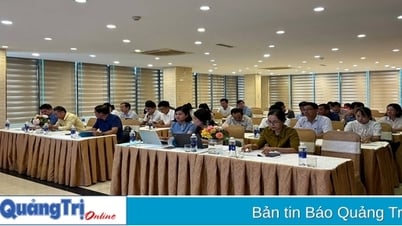









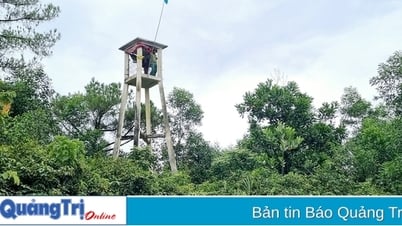
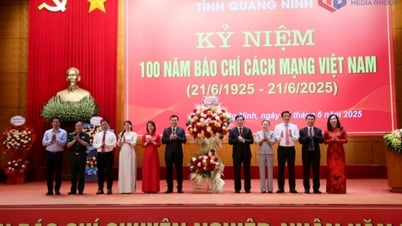

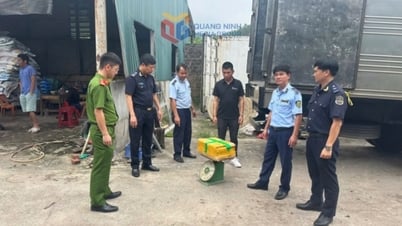


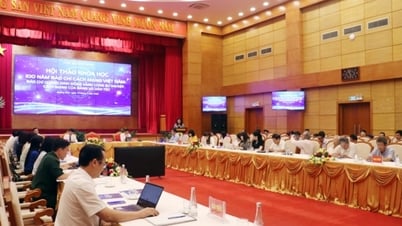




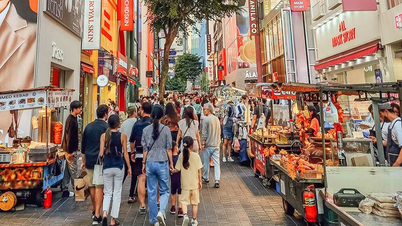
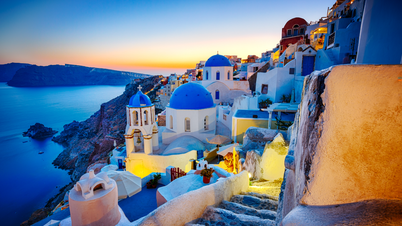
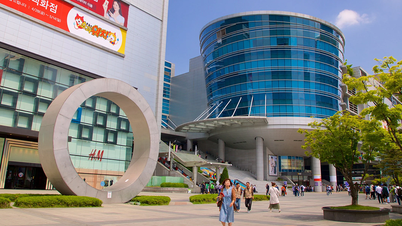
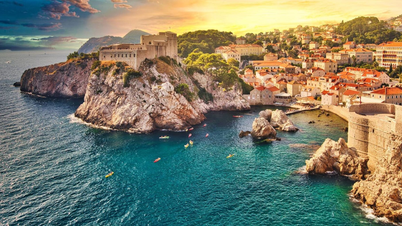
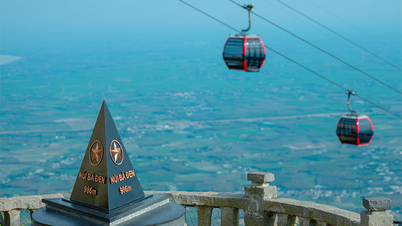
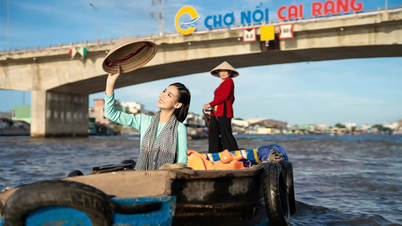














































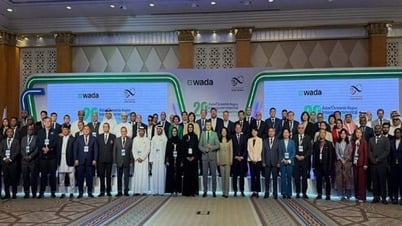


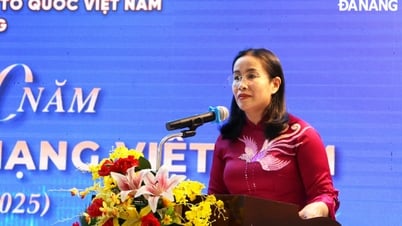
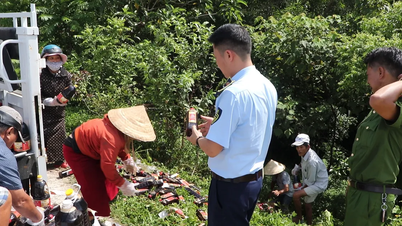

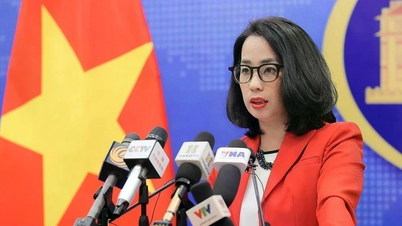
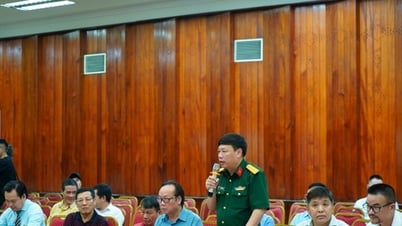













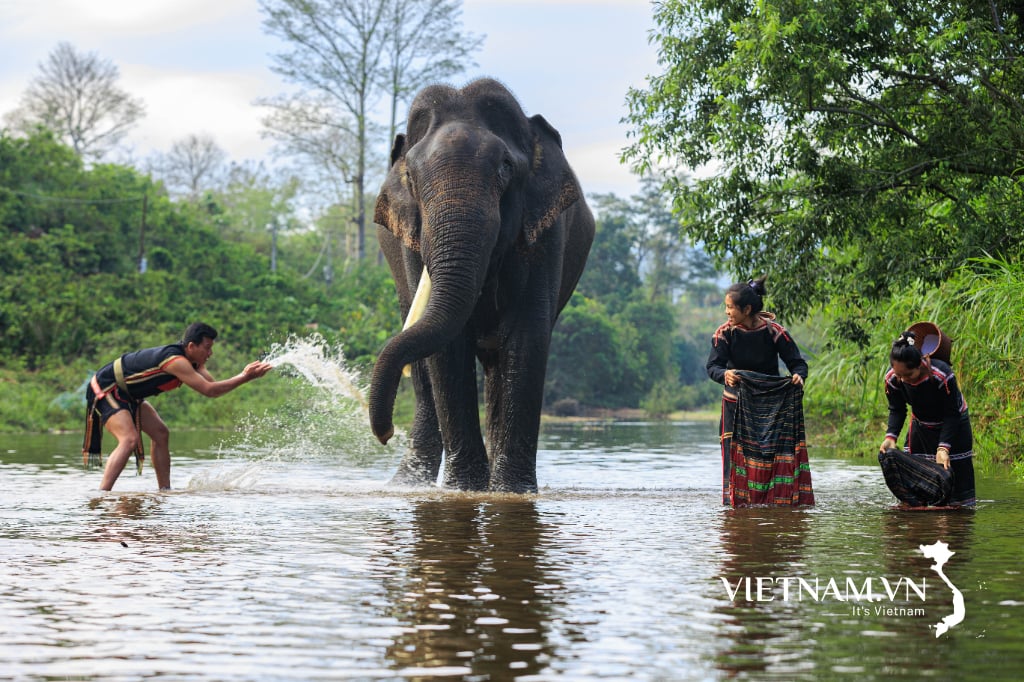

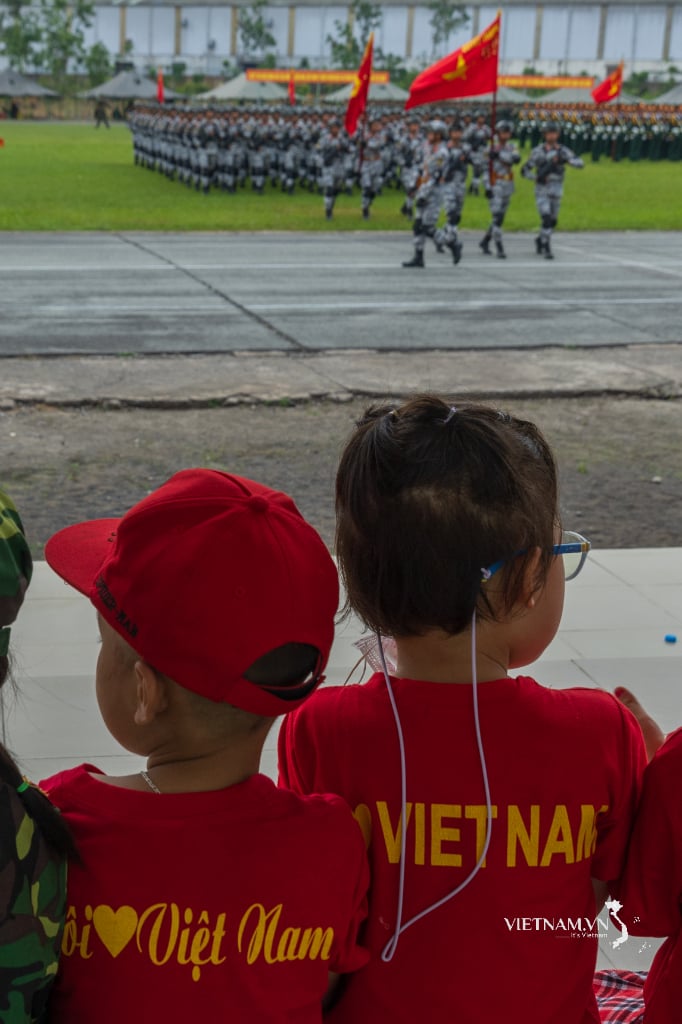
Comment (0)